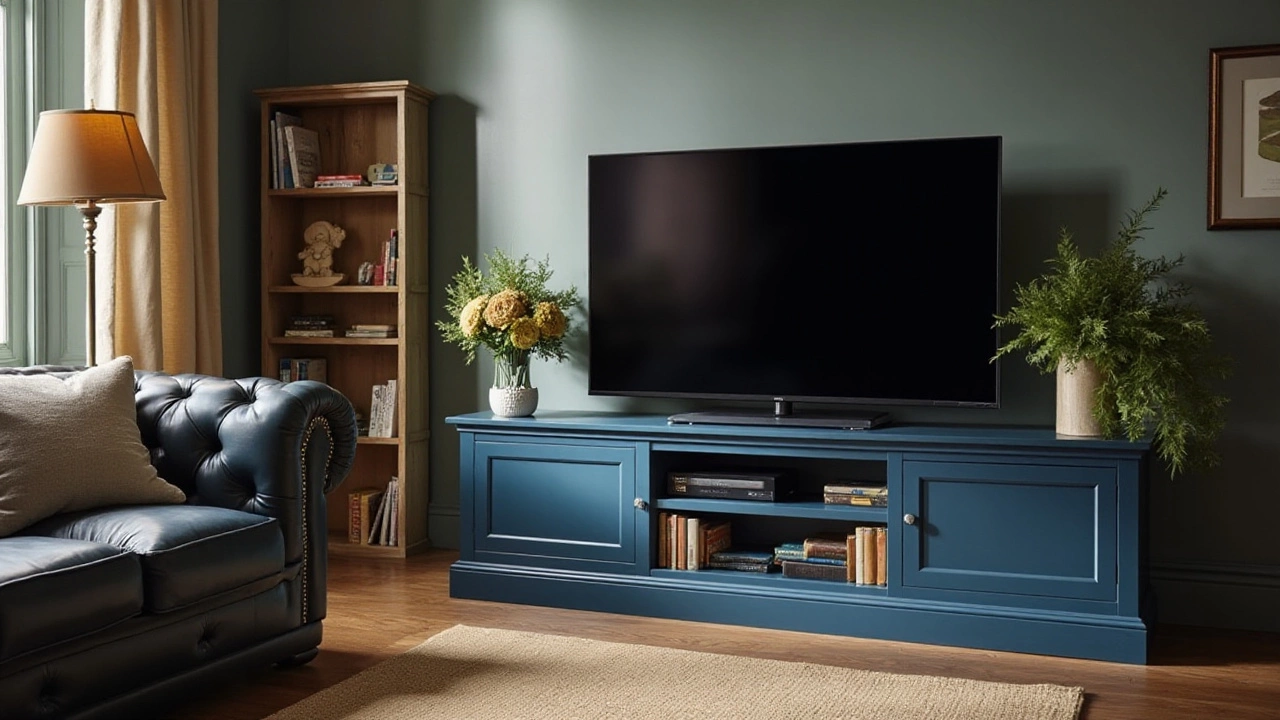Television Setup: Simple Steps for a Great Viewing Experience
Setting up a TV might feel like a tech puzzle, but you don’t need an engineer to get it right. The right spot, the right distance, and a safe mount or stand are the three things that make any room feel like a home theater. Below are the basics you can apply today without any fancy tools.
Finding the Perfect Viewing Distance
The first question most people ask is, "How far should I sit from the screen?" A good rule of thumb is to multiply the TV’s diagonal by 1.5 to 2.5. For a 55‑inch TV, that means 6.9 to 11.5 feet away. Sit at the shorter end if you like a more immersive feel, or farther back for a relaxed vibe. Test it by watching a fast‑action scene – if the picture looks pixelated, you’re too close.
Choosing Between a TV Stand and Wall Mount
A stand gives you storage and is easier to move, while a wall mount frees up floor space and delivers a sleek look. Measure the width of your TV and add a couple of inches on each side to pick a stand that won’t look cramped. If you go wall‑mounted, use a stud finder and a level; a secure mount prevents wobble and protects the screen from accidental bumps.
When you pick a stand, think about height. The center of the screen should line up with your eyes when you’re seated. Most people find 42‑inches from the floor works well for a standard sofa. Adjust the stand’s shelves or use a small riser if your eye line sits lower.
Mounting mistakes are common and cheap to avoid. Never drill into drywall without hitting a stud – a mount that hangs only on drywall can pull away and crack the TV. Also, keep the mount away from heat sources like radiators or direct sunlight, which can damage the screen over time.
Cable management often gets ignored, but a tidy setup looks better and reduces tripping hazards. Use zip ties or a simple cable raceway to hide power cords and HDMI cables. If you mount the TV, run the cables through the wall for a clean look; just make sure you follow local building codes.
Before you settle, double‑check the viewing angles. Tilt the TV slightly downward if it sits higher than eye level, and swivel it a few degrees toward the main seating area. This small tweak can cut glare and improve color accuracy without buying new furniture.
Finally, give everything a quick safety sweep. Make sure the stand is level, the mount bolts are tight, and the cords aren’t stretched. A stable setup not only protects your investment but also keeps your family safe.
With these steps, you’ll have a TV that looks good, works well, and lasts for years. No need to call a professional – just follow the guide, measure twice, and enjoy your upgraded viewing space.
Choosing the Best Color for Your TV Stand to Enhance Viewing Experience
Selecting the right color for a TV stand can greatly enhance the aesthetic appeal of a room and improve your viewing experience. A well-chosen color complements your home's interior design and helps create a balanced look with your television setup. This article explores different color options for TV stands, providing tips on how to choose the perfect shade to match your living space. Discover the impact of color on mood and functionality, ultimately transforming your entertainment area into a stylish and harmonious environment.
More
